
D.A.C. 3.- Kéz a kézben
¥57.80
D.A.C. 3.- Kéz a kézben

Szívhang 366. (Felejtsd el Párizst, drágám!)
¥18.74
Szívhang 366. (Felejtsd el Párizst, drágám!)

Szívhang 449. (Veszélyes út)
¥18.72
Szívhang 449. (Veszélyes út)

Szívhang 447. (Szerelem és államérdek)
¥18.72
Szívhang 447. (Szerelem és államérdek)

Júlia 584. (Királylány a feleségem)
¥18.56
Júlia 584. (Királylány a feleségem)

En ?ok Bilinen 8 Diyet Listesi!
¥1.39
En ?ok Bilinen 8 Diyet Listesi!

A szerz?dés ára
¥18.72
A szerz?dés ára
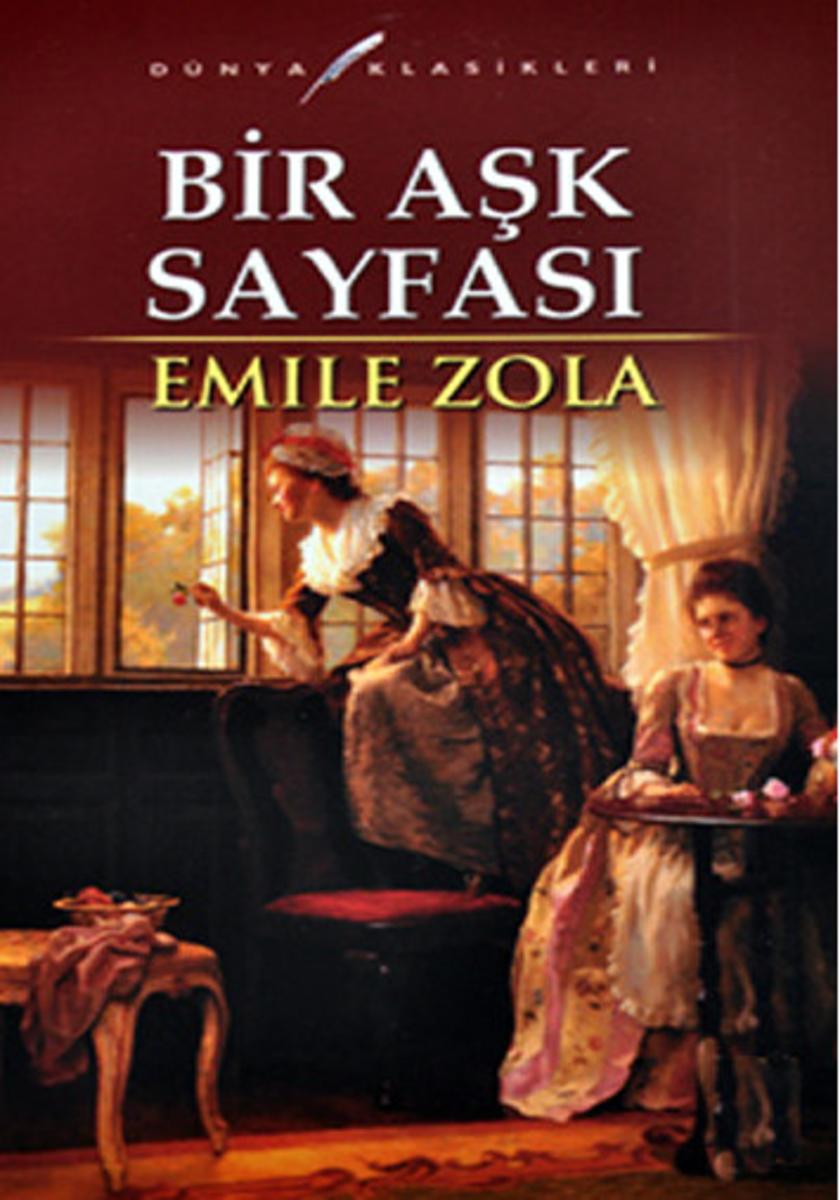
B?R A?K SAYFASI
¥2.78
B?R A?K SAYFASI

Eltitkolt származás
¥42.92
Eltitkolt származás
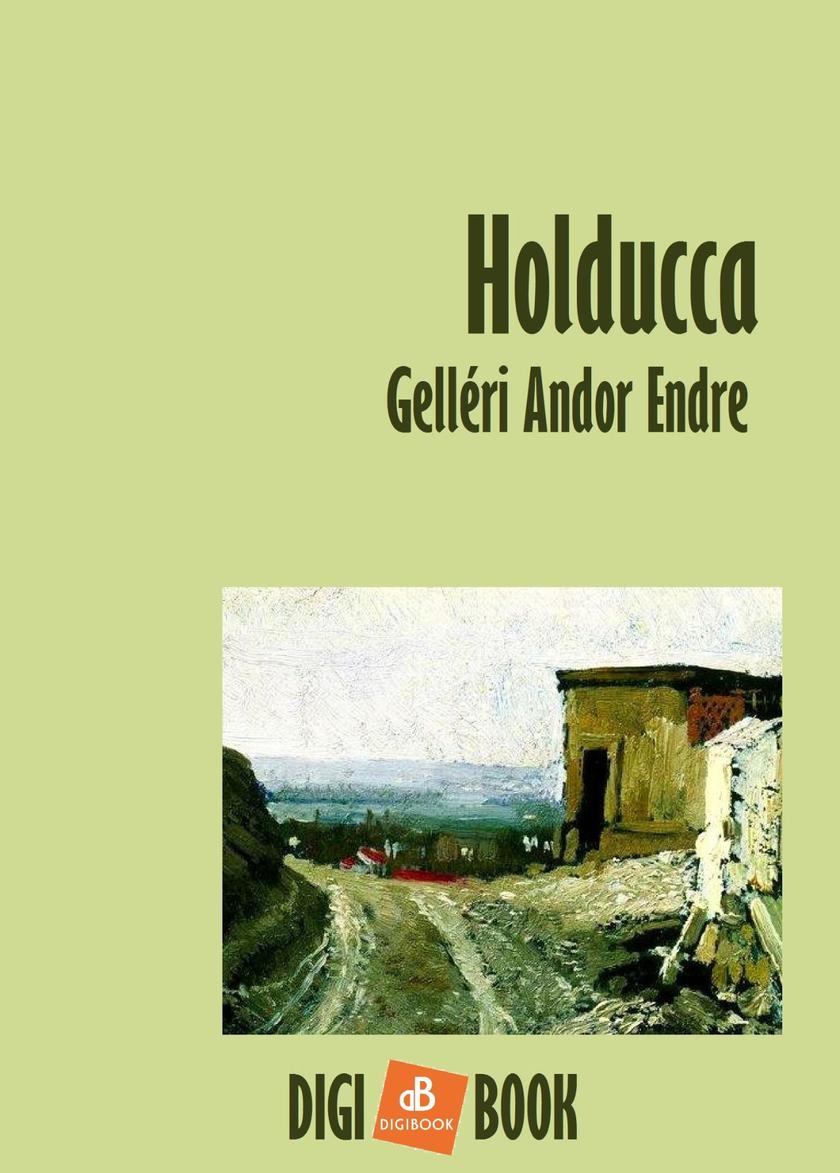
Hold ucca
¥22.73
Hold ucca

Kvittek vagyunk
¥19.87
Kvittek vagyunk

A végzetes tánc
¥17.00
A végzetes tánc

A V?r?s szobában
¥22.73
A V?r?s szobában
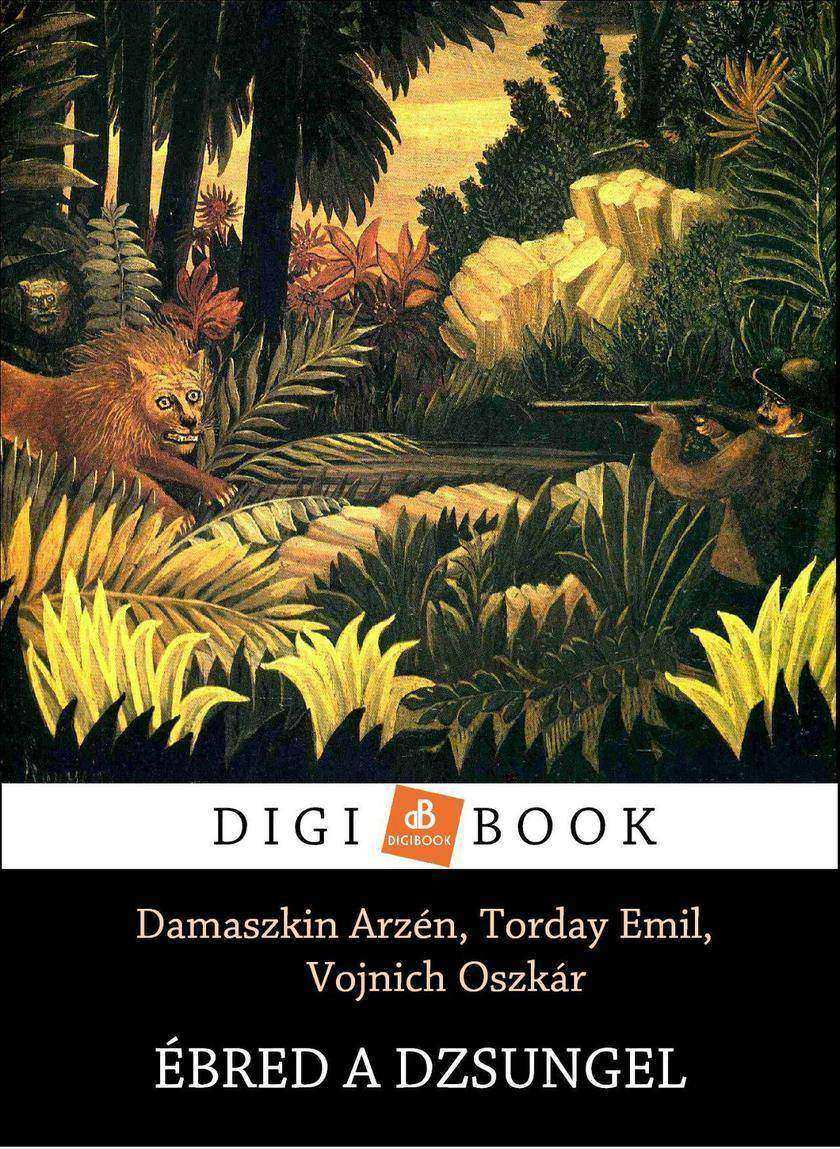
?bred a dzsungel
¥28.53
bred a dzsungel
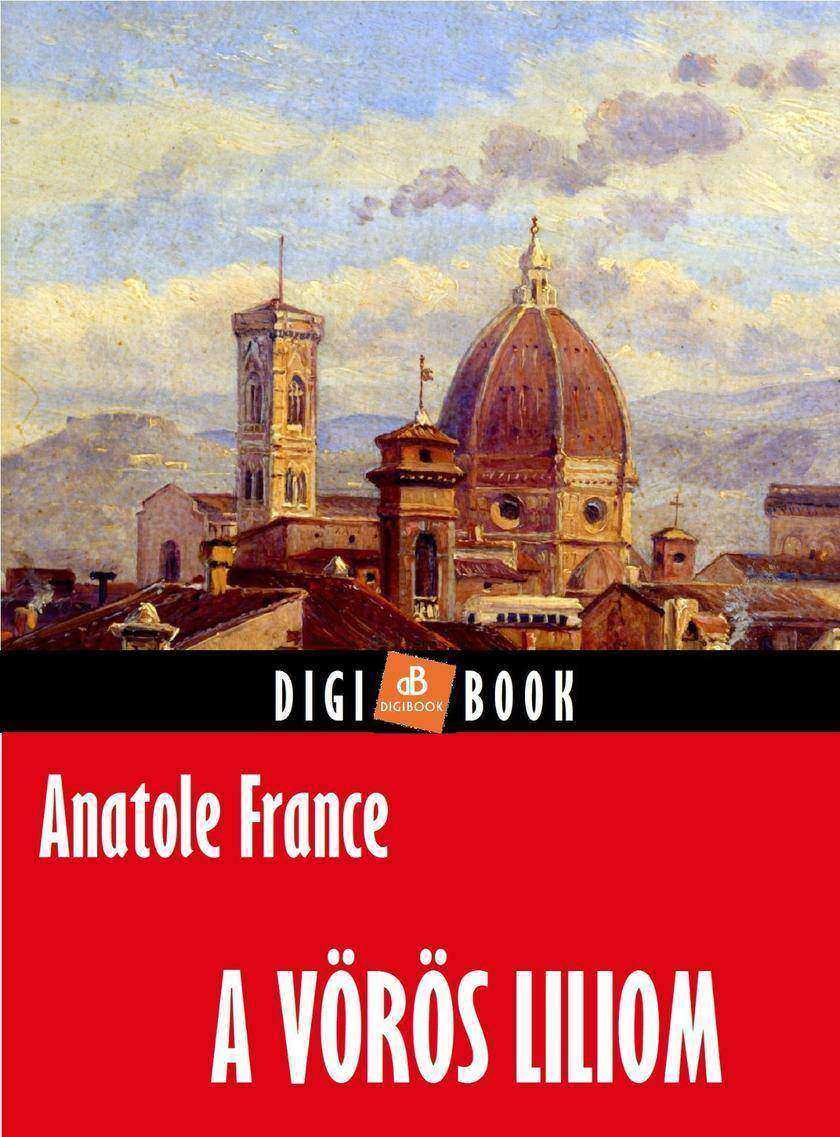
A v?r?s liliom
¥25.67
A v?r?s liliom
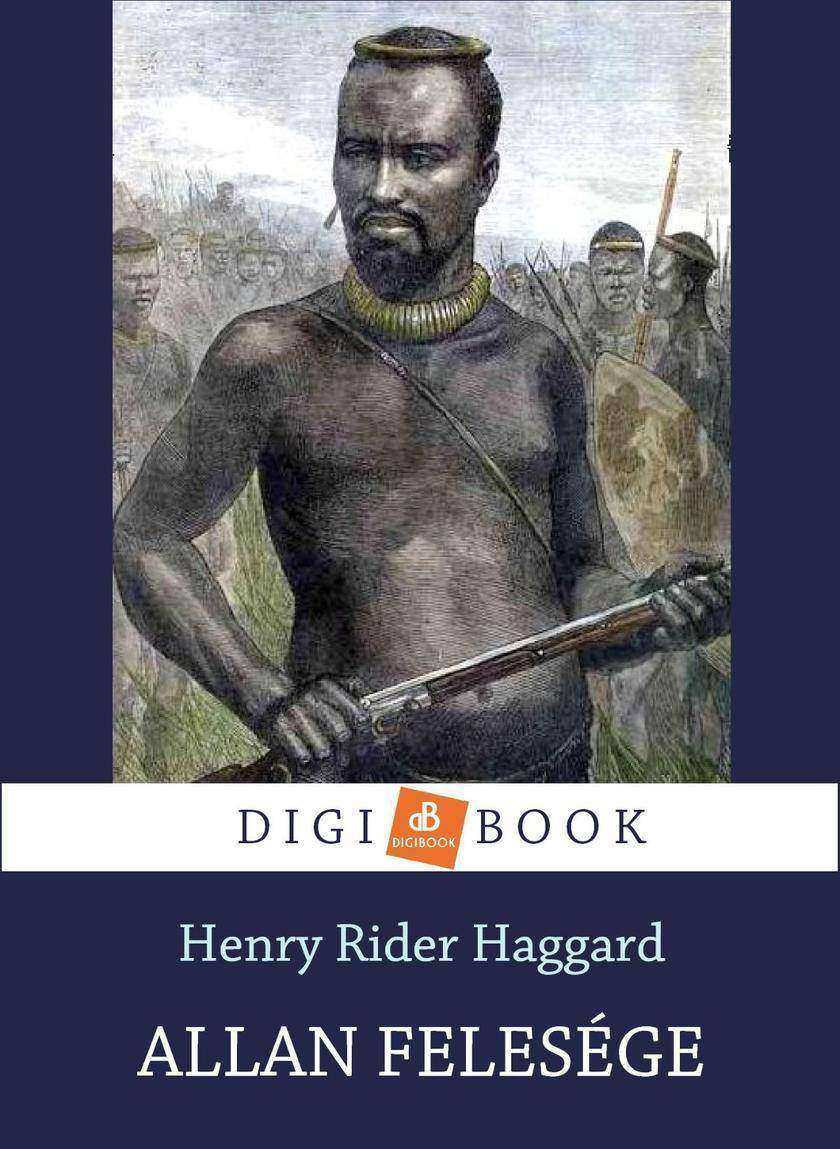
Allan felesége
¥19.87
Allan felesége

Csak semmi háború!
¥19.87
Csak semmi háború!

A b?v?s sziget
¥28.53
A b?v?s sziget
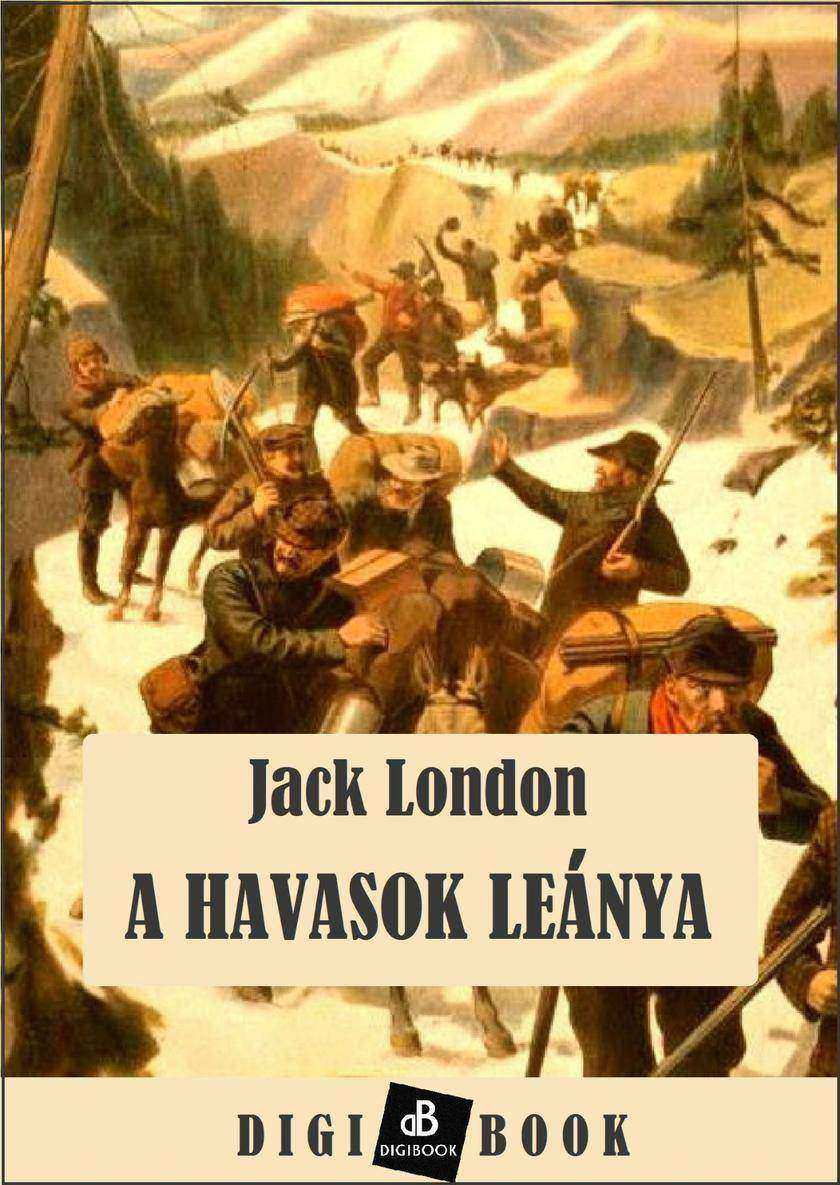
A havasok leánya
¥28.86
A havasok leánya
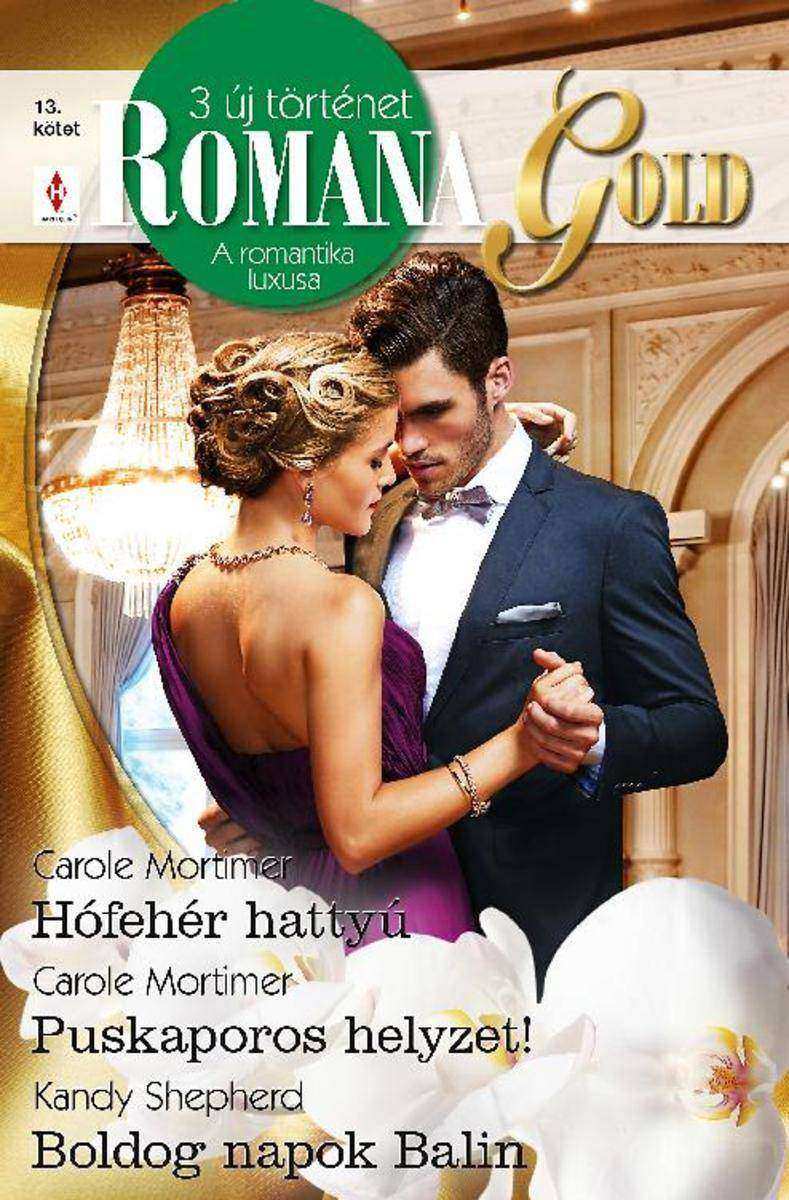
Hófehér hattyú, Puskaporos helyzet!, Boldog napok Balin
¥51.83
Hófehér hattyú, Puskaporos helyzet!, Boldog napok Balin

Szívhang kül?nszám 36. k?tet
¥43.16
Szívhang kül?nszám 36. k?tet




 购物车
购物车 个人中心
个人中心



